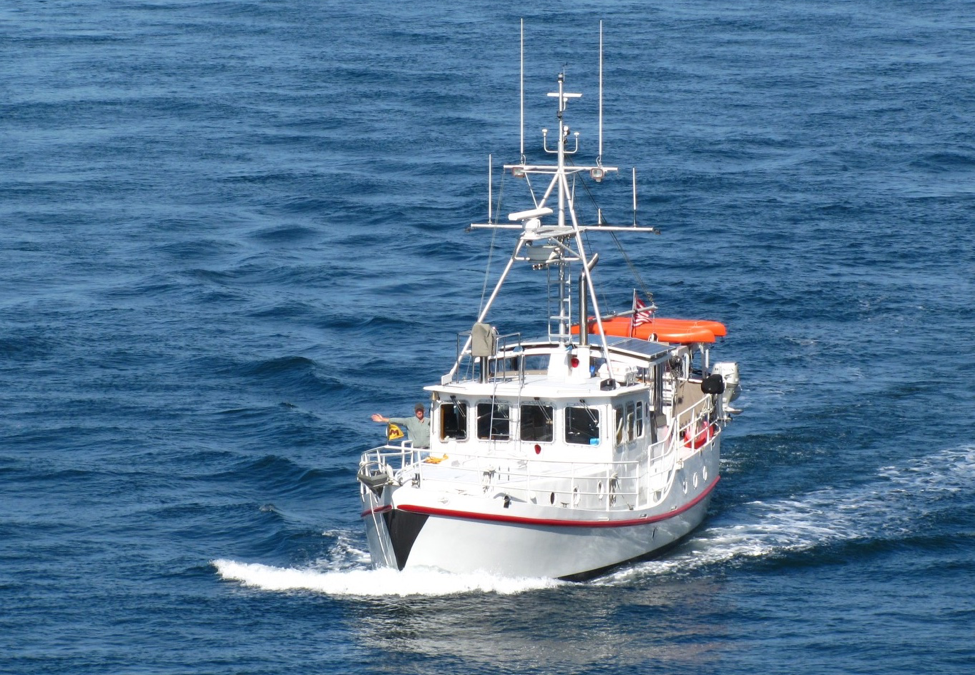Our goal is helping recreational and commercial boaters capitalize on renewable and highly efficient energy solutions.
Most displacement boats—recreational and mid-sized commercial vessels—are stuck in a twentieth century mindset:
- diesel or gas propulsion: noisy, polluting, dirty, and inefficient
- lead acid house batteries: inefficient and short lifespan
- energy-hogging systems (heating, cooling, refrigeration, pumps) requiring extended genset usage
Yes, we’re increasingly noticing boats retrofitted with LED lighting. And some are beginning to make tentative use of solar panels. But these measures, as currently implemented, are a drop in the bucket of what is now possible. A typical fifty foot cruiser can reduce its energy usage for lighting by 80% when using LEDs. What if that philosophy could be applied to almost every aspect of the vessel?
Imagine for a moment, you’re on a recreational cruise through pristine wilderness, perhaps the Broughtons, Northern BC or Southeast Alaska. At the end of the day you discover a pristine anchorage with only one or two other boats. You’re finally alone, with nothing between you and Mother Nature, the water lapping against your hull, an eagle’s shrill call in the distance. You’ve found Paradise, and you plan to stay for a day or two, or more. But in order to do that, you must run your generator for hours, or even the entire time.
Now imagine never having to start a generator, having the ability to go on batteries alone for days or even weeks. Sound like a pipe dream? Not so.
Maybe you’re a commercial operator. Perhaps you have a research vessel or a troller, spending your days idling along at 3-4 knots, the constant sound of the engine and the inherent wear and tear, not to mention the pollution operating your engine way below its efficient/clean range.
Now imagine spending most of the day silently moving through the water, the only sound water rushing past the hull and sea birds calling. Sound like a pipe dream? Not so.


